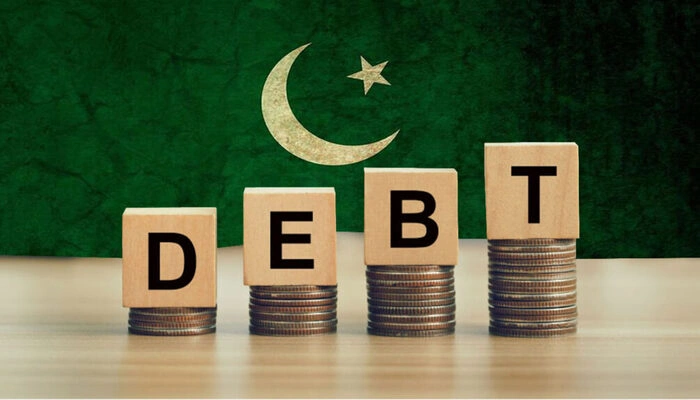KARACHI: Pakistan’s crippling debt crisis has sparked intense debate among experts. While some advocate default and restructuring, others back the International Monetary Fund’s (IMF) strict austerity program. However, both approaches are flawed, say financial analysts. Instead, they propose a third way to steer the country out of its debt spiral.
Rising Debt and Crushing Repayments
Pakistan faces nearly $70 billion in external debt repayments over the next five years. Meanwhile, interest payments eat up 60% of the country’s revenue. The State Bank of Pakistan currently holds only $11 billion in foreign exchange reserves.
The situation looks grim. Defaulting on repayments seems like an option to some. Others stress sticking to the IMF’s three-year austerity plan to balance the books. Both options, however, would harm Pakistan’s economy and its people.
Why Restructuring Won’t Work
External debt restructuring won’t solve Pakistan’s issues. The problem lies in repayments rather than interest rates. Over 85% of external debt comes from official creditors like the IMF and World Bank, not private lenders.
Restructuring these loans would require a global initiative like the Heavily Indebted Poor Countries (HIPC) Initiative of the 1990s, which doesn’t currently exist. Bilateral creditors such as China, Saudi Arabia, and the UAE have already rolled over debts under IMF supervision. Any further stoppage could damage diplomatic ties and block future financing.
On the domestic front, restructuring would be disastrous. Banks hold nearly 60% of their assets in government securities. Even a small adjustment would devastate the banking sector. Depositors could lose savings, triggering financial turmoil.
Positive Trend at Pakistan Stock Exchange Continues
The IMF Austerity Plan: Unrealistic and Risky
The IMF program demands raising Pakistan’s tax-to-GDP ratio by 3% over three years. Two percentage points must be achieved in the first year alone. Analysts call this goal unrealistic.
Pakistan’s revenue collection stands at a mere 12% of GDP, one of the lowest in the world. Around 1% of Pakistanis pay income tax. Major sectors like agriculture, real estate, and retail remain largely untaxed.
Even if the target were met, the consequences would be severe. Economic activity would slow down, and poverty levels would rise. Spending cuts add to the burden. The IMF program demands holding non-interest spending below its already insufficient levels. This hampers investments in education, health care, and infrastructure.
The Third Way: Sustainable Reforms
Experts propose an alternative strategy. They call for gradual tax reforms and targeted investments.
- Tax Reforms: Raise tax revenue by 1% of GDP annually over five years. Reforms must expand the tax net to include all economic sectors.
- Targeted Investments: Use half the additional revenue to boost spending on education, health care, and climate-resilient infrastructure. This will stimulate growth and reduce poverty.
- Liquidity Relief: Multilateral and bilateral creditors must provide fresh loans instead of simple rollovers. This liquidity can fund public projects and encourage private investment.
Coordinated Effort with Transparency
To ensure success, creditors need to coordinate. Experts urge the IMF to publish detailed data on loan flows and interest payments to each creditor. This transparency will encourage multilateral lenders to step up and offer new concessional loans.
Follow Day News on Google News, Instagram, YouTube, Facebook, Whats App, and TikTok for latest updates
